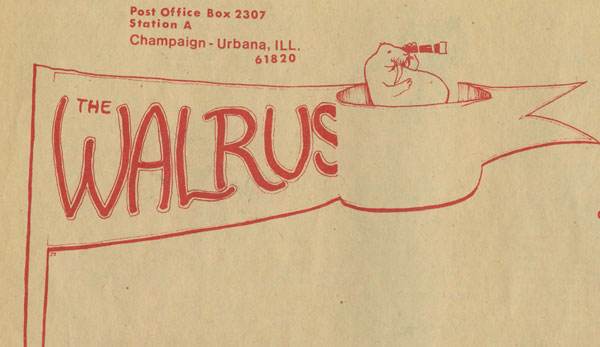Originally a religious holiday to honor St. Patrick, who introduced Christianity to Ireland in the fifth century, St. Patrick’s Day has become a celebration for all things Irish, including corned beef, beer, chrysanthemums, and shamrocks. According to the U.S. Census Bureau, 34.1 million U.S. residents claimed Irish ancestry in 2012. This number was more than seven times the population of Ireland at 4.6 million people. The world’s first St. Patrick’s Day parade occurred on March 17, 1762, in New York City, featuring Irish soldiers serving in the English military. Congress proclaimed March as Irish-American Heritage Month in 1995, and the President issues a proclamation commemorating the occasion each year. Continue reading “Erin go Bragh”
Author: Angela Jordan
Black Power on Campus, 1968-1969
Despite the Brown v. Board of Education decision in 1954 that declared state laws establishing separate public schools for black and white students unconstitutional, de facto segregation persisted without sanction of law. Throughout the country in the late 1960s and early 1970s, African American college students participated in social movements to influence institutions of higher education that systematically marginalized minorities. Encouraged by Black Power, a political movement that emphasized creating black political and cultural institutions to promote black collective interests and values, students across the country demanded fundamental changes to campus curricula, policies, and structure. Institutions of higher education went through a period of rapid educational reform during this time, not only because of legislative mandates and administrative policies, but as a result of social pressure.
Champaign-Urbana’s attitude towards race in the early and mid-twentieth century had more in common with the south than its northern neighbors: restaurants, barbershops, and theaters remained segregated through the mid-1960s. Conforming with the surrounding culture, University residence hall housing remained unavailable to African Americans until 1945. Of the 30,000 students on campus in 1967, approximately 300 were African American. [1] According to Joy Williamson, “Black students of the Black Power era entered an environment that was at best benign and at worst overtly hostile” at the University of Illinois. [2]
The time has come, the Walrus said…
Besides the long-running Daily Illini, the University Archives has numerous lesser-known student newspapers. Since the early years of the University, students regularly published alternative newspapers and magazines. These short-lived newspapers documented student reactions to University issues as well as larger socio-political events.

Alternative newspapers became popular in the 1960s and 70s as the country experienced great social and institutional unrest. Forty-six years ago this month, students dissatisfied with country’s involvement in the Vietnam conflict and the slow pace of institutional change founded the Walrus, an underground newspaper published until 1973. Continue reading “The time has come, the Walrus said…”
Holiday Greetings

Record Series 41/2/17
Dean of Men Thomas Arkle Clark took active interest in the approximate 3,5000 students and University alumni enlisted in the military during World War I from 1917-1919. Through regular correspondence with each serviceman, he kept meticulous records of their activities and updated them on the activities of the University.
On Christmas Day in 1918, Carleton M. Tower wrote to Dean Clark from France:
This is Christmas day. But one would never suspect it by looking around here. We wear rubber boots when we walk around outside, for everywhere there is mud, “beaucoup” mud! It has rained constantly for several days, and it is cold. With the unpleasant weather and the absolute lack of any sort of amusement, this holiday threatens to be somewhat of a bore. We do our best to pretend it is not an ordinary day, but it is a difficult task.
Barring irregular mail service, Carleton Tower, along with thousands of other servicemen, received the above Christmas Greeting from Dean Clark by Christmas Day featuring Altgeld Hall, constructed in 1896-97 and used as the University Library until 1927.
Best wishes to you this winter holiday from the Student Life & Culture Archives!
Students to Servicemen, 1917-1919
Nearly a century ago, the Great War drastically changed the lives of servicemen and their families. Over 3,000 University of Illinois alumni and students joined the military and Dean Thomas Arkle Clark faithfully corresponded with many students, alumni, and parents about military service, war experiences, and potential University admissions. Servicemen and their families appreciated Dean Clark’s concern, for in the words of Edmund Allen, “It surely helps a lot to know that the folks at college haven’t forgotten, and it keeps the ties that hold us to the best things in life a little tighter around us.”[1]
Below are letter excerpts from University of Illinois servicemen during the Great War found in War Service Records, 1917-19. Continue reading “Students to Servicemen, 1917-1919”
